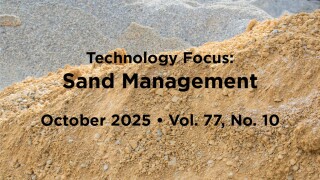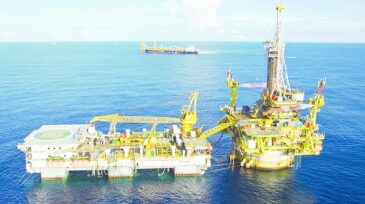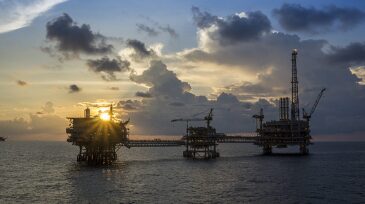Sand management/control
Aurora Innovation and Detmar Logistics have inked a deal for 30 autonomous trucks that will begin hauling sand in the region next year.
This paper describes an automated workflow that helps mitigate sanding caused by excessive drawdown by determining the minimum tubinghead pressure.
As reservoirs become more complex and economics tighter, the industry is shifting toward more-adaptive, data-informed, and targeted solutions. New research highlights innovative solutions that not only address technical limitations in existing designs but also enhance decision-making through digitalization and cross-disciplinary integration. The papers highlighted her…
-
Many of us have been so busy chasing the next well and the upcoming job that our skills in the area of optimizing our completions may have become a little rusty. Now is a great time to knock off that rust and revisit our best-laid plans.
-
An integrated approach to sand management is crucial to address sanding risk in producers and injectors in a North Sea mature field.
-
Chemical sand consolidation works by pumping chemicals downhole to strengthen the formation and stop sanding. In most cases reported in the industry, chemical consolidation has been used in short production intervals (less than 100 m).
-
A deepwater field located offshore Sabah, east Malaysia, features a spar dry-tree unit (DTU) and multiple subsea-hub tiebacks to a floating production, storage, and offloading vessel (FPSO).
-
A well drilled and completed in a marginal field offshore India produced only gas until the oil-bearing sands were perforated and the well was put on commingled-oil-and-gas production.
-
I think it is safe to say that the engineers and companies involved, in either building or using sand-control systems, have made significant strides and have added critical learnings to our industry.
-
Although multiple-zone, downhole sand-control-tool systems have been in use since the early 1990s, these systems have been designed for jobs that require only low pump rates with low pressure differentials.
-
Standalone-sand-screen (SAS) completion, especially in horizontal gas wells with high potential for sand production, typically suffers from premature failure caused by sand erosion resulting from high velocity in the annulus near the heel section.
-
Large amounts of clay minerals are present in shale; shale’s resulting instability is a major problem while drilling.
-
Upstream separation processes remain a hot topic for facilities engineers. Striving to design separators with the optimal sizing for a variety of reservoir conditions, increasing water cuts, and dynamic gas/oil/water production characteristics is critical, but challenging.













